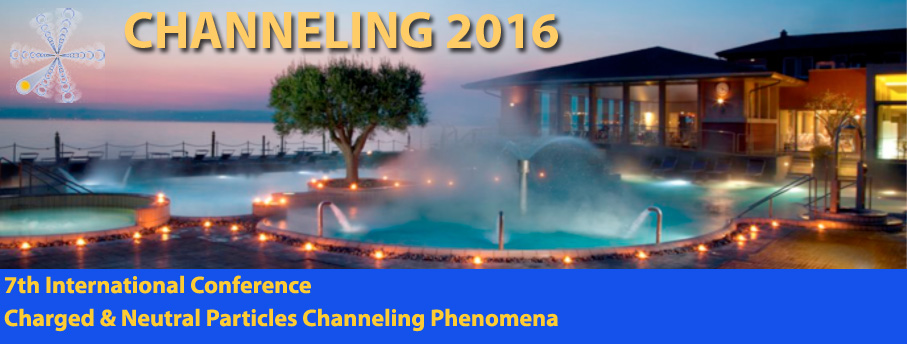Speaker
Mr
Andrey Oleinik
(Belgorod National Research University)
Description
Pyroelectric crystal with a tungsten tip is a well-known setup used to accelerate ions for the D-D neutron generation [1,2]. The use of the tungsten tip enables to ionize residual gas in a local volume, generating ions for further acceleration. Such peculiarity allows developing a compact neutron source. The neutron flux produced by such generator is low but can be applied for different calibration purposes, for example, for neutrino and dark matter detectors [3]. We experimentally studied modified scheme when the high voltage is applied directly to the tip from external power supply while all other geometry is equal to the pyroelectric generator case.
The experiments were performed in a vacuum environment with residual deuterium gas playing a role of an ion source for D+-D fusion. The yield of neutrons from a metallic target covered by deuterated polyethylene was observed for different values of applied high voltage. Ion and electron currents from the target and the X-rays appearing as a result of electrons interaction with surrounding matter were monitored as well.
Preliminary results show that the scheme for the neutron generation can be realized starting from a level of applied high voltage of about 30 keV, in contrast to the typical neutron guns which need the high voltage level of about a 100 kV and above. The tested setup is promising for further development of the generator prototype.
The research was supported by the grant from the Russian Science Foundation (project №16-19-10535)
References
1. Naranjo B, Gimzewski J K and Putterman S 2005 Nature 434 1115.
2. Geuther J, Danon Y and Saglime F 2006 Phys. Rev. Lett. 96 054803.
3. A.S. Chepurnov, V.Y. Ionidi, O.O. Ivashchuk, A.S. Kubankin, A.N. Oleinik, A.V. Shchagin Journal of Physics: Conference Series 675 (2016) 032031.
Primary authors
Dr
Alexander Shchagin
(Kharkov Institute of Physics and Tecknology)
Mr
Andrey Oleinik
(Belgorod National Research University)
Co-authors
Dr
Alexander Chepurnov
(Scobelcyn Institute of Nuclear Physics of Moscow State University)
Mr
Alexander Klyuyev
(Belgorod National Research University)
Dr
Alexander Kubankin
(Belgorod National Research University)
Dr
Kristina Vokhmyanina
(Belgorod National Research University)
Mr
Maxim Gromov
(Skobeltsyn Institute of Nuclear Physics, Lomonosov Moscow State University)
Dr
Pavel Karataev
(Royal Holloway, Unviersity of London)
Mr
Vasily Yonidi
(Skobeltsyn Institute of Nuclear Physics, Lomonosov Moscow State University)

